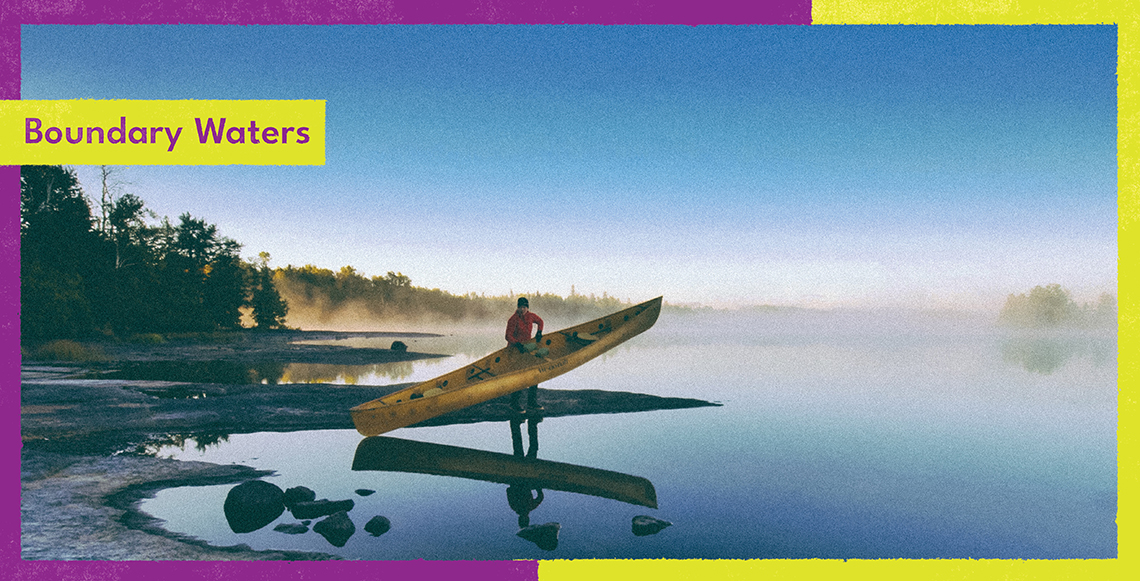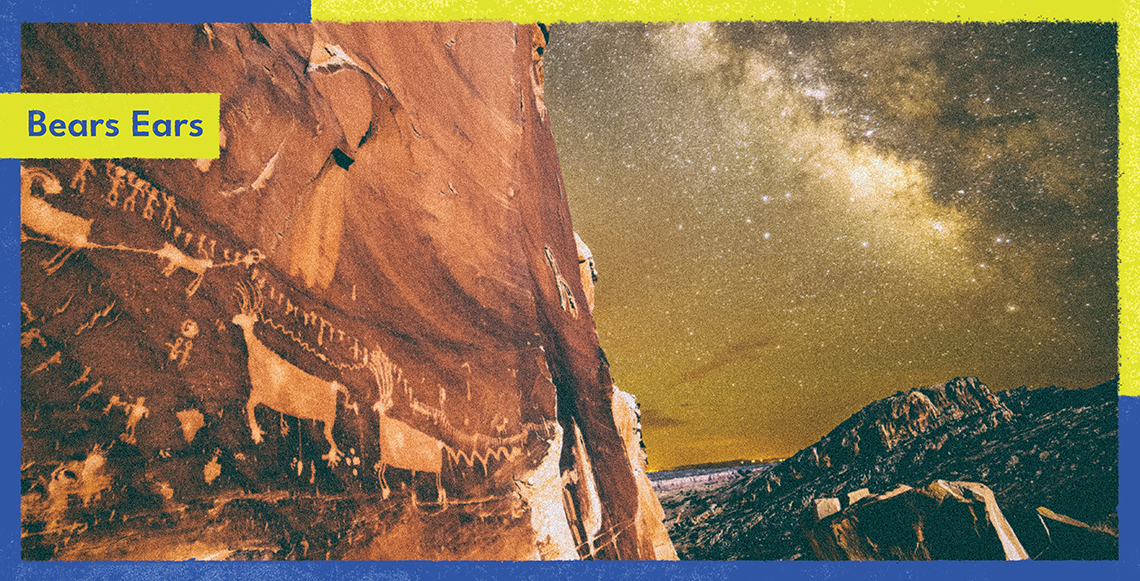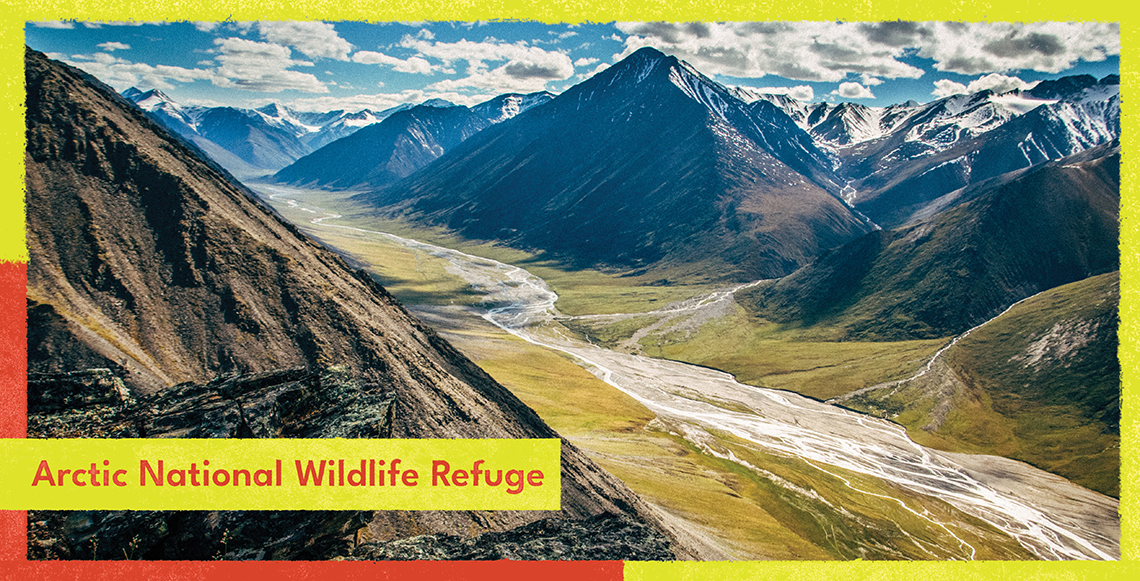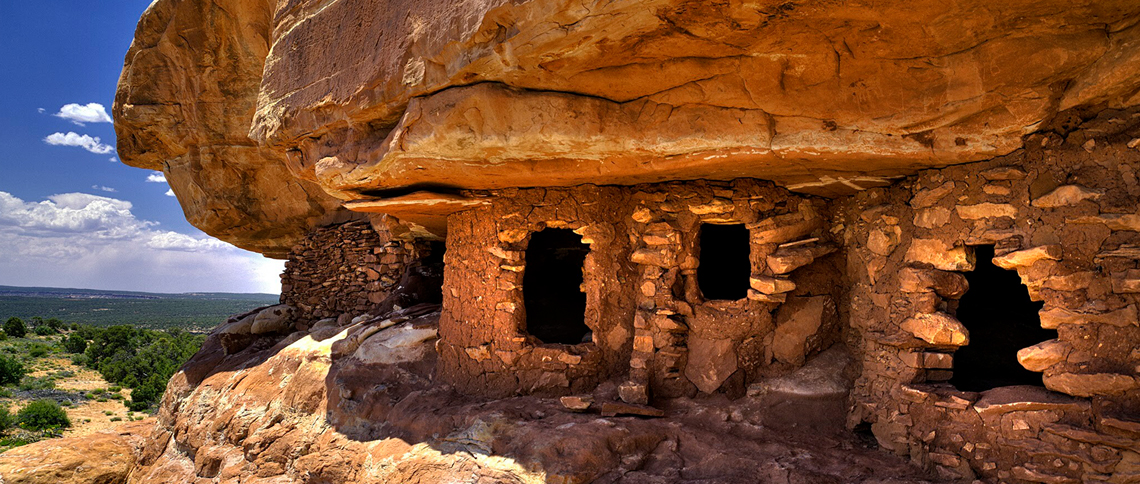The Biden administration is taking shape – historic nominees are in the process of being confirmed for cabinet positions, appointed roles filled, and executive orders issued – outlining the administration’s priorities for the next four years. It is clear this administration believes in science, the intersection of environmental and social justice, and in protecting public lands and waters for their intrinsic value. Similarly, the 117th Congress is expected to be more conservation-friendly than past sessions. Public lands champions are wasting no time introducing and re-introducing legislation to add protections to wild places in order to mitigate the impacts of climate change, protect sacred land, and preserve opportunities for outdoor recreation for all Americans. With less than two years before midterm elections, the clock is ticking to pass public lands legislation. The political winds have shifted in Washington D.C. and the time is now to double down on important conservation campaigns.
With that in mind we identified three conservation campaigns as top priorities for The Conservation Alliance. For the next two years we will be adding additional support to the campaign to protect the Arctic National Wildlife Refuge in Alaska, the campaign to protect the Boundary Waters Canoe Area Wilderness in Minnesota, and the effort to restore protections for the Bears Ears region in Utah. These are precedence-setting campaigns. Protecting the Arctic National Wildlife Refuge, the Boundary Waters and Bears Ears means putting Indigenous rights over fossil fuel development, recreation and wildlife habitat over extraction, and intrinsic value over short-term gain.
Our 2021 Priority Campaigns
At nearly 20 million acres or 30,136 square miles, the Arctic National Wildlife Refuge sits in Alaska’s North Slope with the Canning River and the National Petroleum Reserve-Alaska to its left and the Canadian border to its right. The heart of the Arctic National Wildlife Refuge, the Coastal Plain, is nestled between the iconic Brooks Range and the Beaufort Sea. Thousands of bird species migrate through this biodiverse landscape where ancient muskoxen roam, polar bears den, and hundreds of thousands of Porcupine caribou return to calve their young each year. The Gwich’in people rely on the Porcupine caribou for their subsistence way of life and consider the Coastal Plain of the Arctic National Wildlife Refuge as “the sacred place where life begins”.
The effort to protect the Coastal Plain of the Arctic National Wildlife Refuge has been ongoing for decades, but the last four years have been especially tumultuous. After four years of fast tracking environmental reviews and negating public comments from the American people, the Trump administration sold $14.4M worth of leases to three small companies hoping to strike oil on the Coastal Plain. This was a fraction of the $2B promised from the sale, and an indication that drilling in the Refuge is both an ethical and political gamble that no major bank is willing to take. Days later on his first day in office, President Biden issued an executive order placing a short term moratorium on oil development in the Arctic National Wildlife Refuge. The effort continues to permanently protect this landscape once and for all.
Meet the grantees: The Conservation Alliance has supported efforts to protect and defend the Arctic National Wildlife Refuge longer than any other landscape in our 32 year history. For more than 20 years we have worked with Alaska Wilderness League, Audubon Alaska, and most recently the Gwich’in Steering Committee to protect and defend this sacred place.

The Boundary Waters Canoe Area Wilderness in northeastern Minnesota is the most visited wilderness area in the United States and it’s threatened by sulfide-ore copper mining. Its labyrinth of pristine glacial lakes, healthy forests and streams extends north into Canada’s Quetico Provincial Park and west into Voyageurs National Park. Its waters and forests are critical habitat for threatened species like the Canada lynx and its beauty supports local economies built on sustainable outdoor recreation. The Boundary Waters is the largest wilderness area east of the Rockies and north of the Everglades comprising 1.1 million acres of wilderness, nearly 240 miles over hiking trails and 1,200 miles of canoe and kayak routes.
In 1964 the Wilderness Act was signed into law and the Boundary Waters was set aside as a protected area. In 1978 the Boundary Waters Canoe Area Wilderness Act banned mining in the Wilderness and 22,000 acres in its watershed, but the law left out the southern border, and that’s where the industrial sulfide-ore mines are proposed. The Twin Metals mining company acquired two federal leases in 1966, never started production and submitted an additional renewal application in 2012. In 2016 the US Forest Service cancelled Twin Metal’s two leases after it concluded that sulfide-ore copper mining in the headwaters of the Boundary Waters posed inherent risks. (This type of mining is uniquely threatening because the ore contains metals like copper and nickel that are bound together by sulfide. When exposed to air and water the ore discharges sulfuric acid, heavy metals, and sulfates into ground and surface waters.) Under the Obama administration the US Forest Service began a two year study meant to determine if mining should be allowed in the area. Twenty months into the 24 month review the study was cancelled. Shortly after, the Trump administration reversed the decision and granted Twin Metals a renewal of its mining leases.
The time is now for the agencies to finish their science-based environmental assessment of the region to prove a mining ban in the region is warranted, and for Congress to pass legislation to permanently protect the greater Boundary Waters Canoe Area Wilderness.
Meet the grantee: The Campaign to Save the Boundary Waters is led by Northeastern Minnesotans for Wilderness and was organized by local residents in and around Ely, Minnesota. The Conservation Alliance has been a proud supporter of Northeastern Minnesotans for Wilderness since 2015.

The five sovereign nations comprising the Bears Ears Inter-Tribal Coalition – the Navajo Nation, Hopi Tribe, Ute Mountain Ute Tribe, Pueblo of Zuni, and Ute Indian Tribe call this landscape Hoon’Naqvut, Shash Jaa, Kwiyagatu Nukavachi, Ansh An Lashokdiwe in their native languages, all of which mean “Bears Ears”. The Bears Ears region constitutes 1.9 million acres in the southeast corner of Utah. More than thirteen tribes trace their lineage to this area, which is home to more than 100,000 archaeological and cultural sites dating back 10,000 years. The region is also home to unmatched recreation opportunities. Climbers from around the world visit Indian Creek, paddlers take multi-day trips down the San Juan River, and Grand Gulch and White Canyon are bucket list trips for backpacking and canyoneering.
In 2016, as legislation to protect swaths of southeastern Utah stalled, we called on President Obama to exert executive action to protect the many antiquities found in southeastern Utah. After a long and thoughtful process led in partnership with the Bears Ears Inter-Tribal Coalition, President Obama designated a 1.35 million acre national monument under proclamation 9885. On December 4, 2017, President Trump illegally reduced Bears Ears National Monument by 85 percent. On President Biden’s first day in office on January 20, 2021, he issued an executive order calling on the Secretary of the Interior to lead a 60-day review of boundary changes made by the Trump administration to assess if a reinstatement of the original national monument boundaries is warranted.
We are calling on the Biden administration to immediately prioritize restoring protections for the Bears Ears landscape with guidance from the Bears Ears Inter-Tribal Coalition and in consideration of their original 1.9 million acre national monument proposal. It is time for the Bears Ears region to be permanently protected.
Meet the grantees: Since 2015 The Conservation Alliance has supported efforts to protect and defend the Bears Ears through partnerships with Friends of Cedar Mesa and Utah Diné Bikéyah, and we have a pending grant request from the Bears Ears Inter-Tribal Coalition for our Winter 2021 funding cycle.
Image Credits
Boundary Waters: Dave Freeman
Bears Ears: Marc Toso
Arctic National Wildlife Refuge: Dave Shaw





